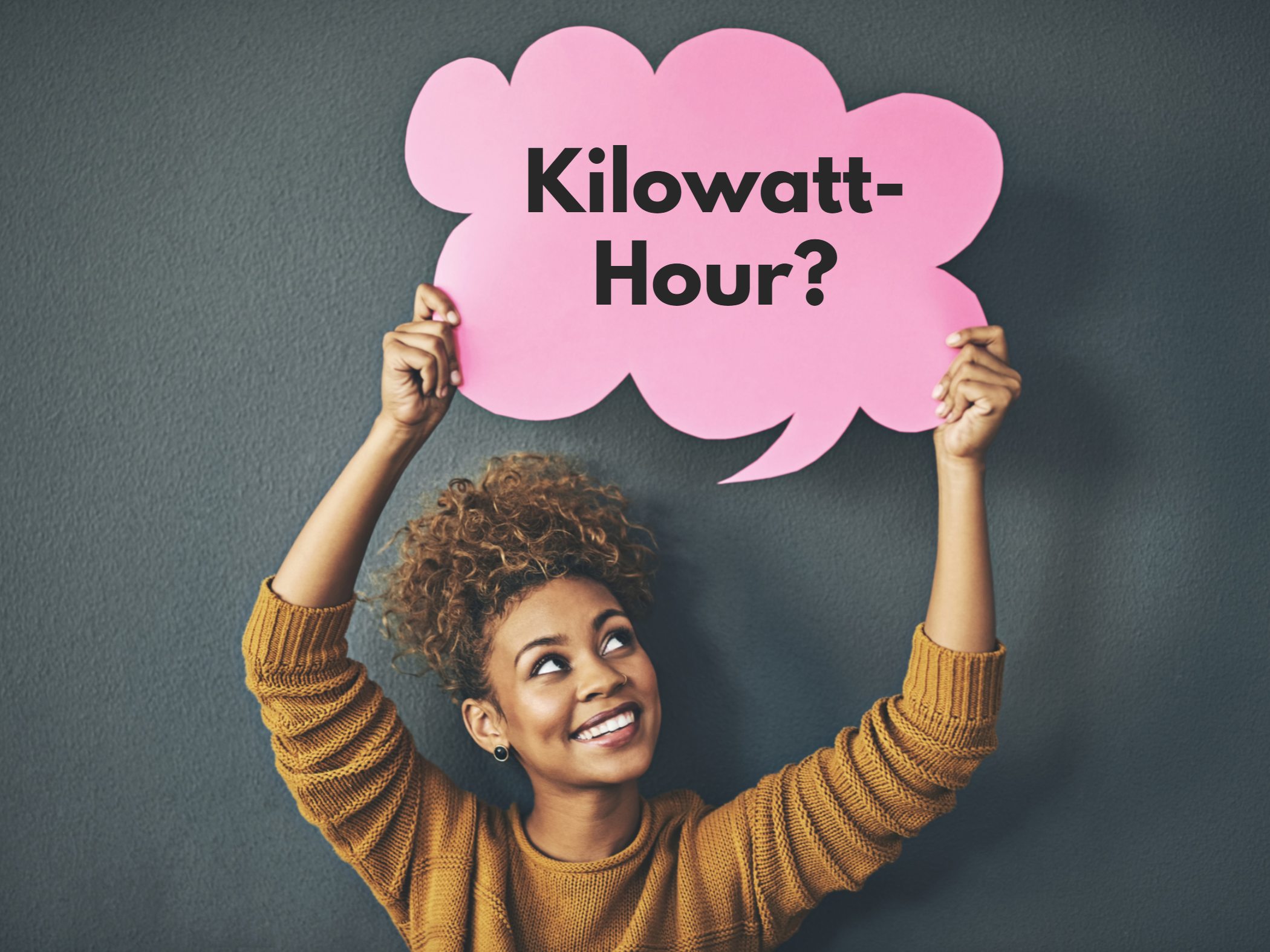What Exactly is a Kilowatt-Hour?

On your monthly bills, you're charged for electricity by the kilowatt-hour (kWh). In fact, the average American household uses nearly 900 kilowatt-hours a month, according to the U.S. Department of Energy. Have you ever wondered what a kilowatt-hour is and why you are charged for electricity that way? If so, we've got the answers.
Breaking down kilowatts
Every electrical device has a power rating, which tells you how much power it needs to work. This is given in watts or kilowatts. A kilowatt is equal to 1,000 watts. Kilo is a prefix in the metric system for 1,000. A watt is a tiny unit of electricity named after Scottish inventor and energy pioneer James Watt.
Wattage ratings vary widely by device. A microwave oven might use 1,500 watts, according to the U.S. Department of Energy's Appliance Energy Calculator, while a slow cooker may use only 200 watts. Wattage for specific products can vary by size, age, capacity and features.
Calculating kilowatt-hours
So, what's the difference between a kilowatt and a kilowatt-hour? Devices typically don't run constantly. A kilowatt-hour measures the amount of electricity a device uses during the time it's running. A kilowatt of power consumed by a device over the course of an hour is a kilowatt-hour of energy.
The power rating of a device indicates how long it would take to use a kilowatt-hour. If you have a 100-watt TV, you'd have to binge-watch your favorite shows for 10 hours to use up a kilowatt-hour. However, a 2,000-watt electric stove would burn through a kilowatt-hour in about 30 minutes.
Powering up your kilowatt-hours
You pay for the kilowatt-hours you use. Why not take the time to get more out of your energy dollars? Here are some simple energy-saving tips.
- Turn off the lights when you're the last one to leave a room.
- Replace conventional incandescent bulbs with LEDs, which use far less energy.
- In warmer summer months, increase the thermostat temperature when no one is home to reduce air cooling energy use.
- In colder winter months, decrease the thermostat temperature when no one is home to reduce air heating energy use.
- Install an ENERGY STAR®-certified smart thermostat that automatically creates a home heating and cooling schedule that changes to energy-saving temperatures when you’re asleep or away. Plus, it qualifies for a $75 SWEPCO rebate!
- Plug electronic devices into advanced power strips, which automatically cut power to unused devices.
- Unplug battery chargers when they're not charging anything.
- Wait until you have a full load before running the clothes washer or dishwasher to avoid wasting energy.
Armed with these tips and a better understanding of how you're charged for electricity, you have the power to find ways to save and reduce your energy bills.